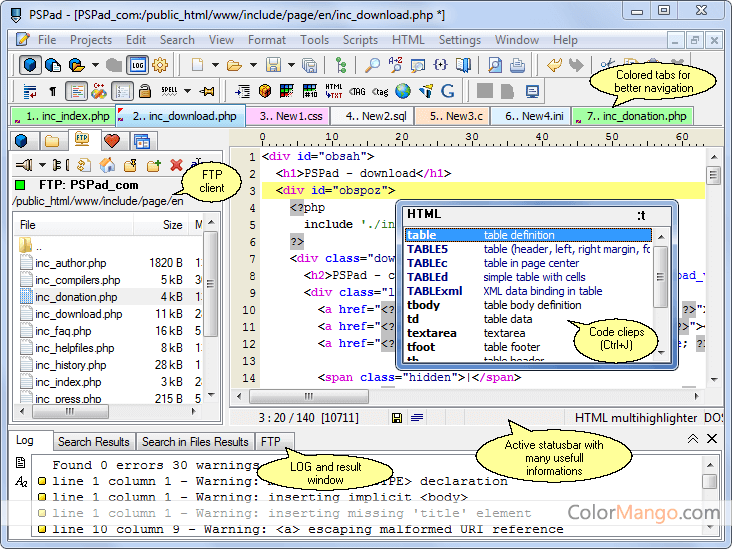

We found that age was positively related to television viewing and father’s education was negatively related. In other words, we want to understand why some people watch more television than others. In the last exercise we used tv1_tvhours as our dependent variable which refers to the number of hours that the respondent watches television per day. An important assumption is that “the dependent variable is seen as a linear function of more than one independent variable.” (Colin Lewis-Beck and Michael Lewis-Beck, Applied Regression – An Introduction, Sage Publications, 2015, p. Then we’re going to add a third independent variable into the analysis. In the first part of this exercise we’re going to focus on two independent variables. Multiple linear regression expands the analysis to include multiple independent variables. In the previous exercise (STAT14S_pspp) we considered linear regression for one independent and one dependent variable which is often referred to as bivariate linear regression.
#Sample pspp syntax how to
Your instructor will tell you how to access this data set which is called gss14_subset_for_classes_STATISTICS_pspp.sav. For this exercise we’re going to use a subset of the 2014 GSS. The GSS started in 1972 and has been an annual or biannual survey ever since. The GSS is a national probability sample of adults in the United States conducted by the National Opinion Research Center (NORC). We’re going to use the General Social Survey (GSS) for this exercise.

Part I – Linear Regression with Multiple Independent Variables

The exercise also gives you practice using LINEAR REGRESSION, FREQUENCIES, and SELECT CASES in PSPP. The goal of this exercise is to introduce multiple linear regression. Extended notes for instructors (MS Word docx format).Please contact the author for additional information. Included with this exercise (as separate files) are more detailed notes to the instructors and the PSPP syntax necessary to carry out the exercise. Please send a copy of any revision to the author. I prepared two documents to help you with PSPP – “ Notes on Using PSPP” and “ Differences Between PSPP and SPSS” which should answer many of your questions about PSPP. You have permission to use this exercise and to revise it to fit your needs. This exercise uses LINEAR REGRESSION in PSPP to explore multiple linear regression and also uses FREQUENCIES, BIVARIATE CORRELATION, and SELECT CASES. The data have been weighted according to the instructions from the National Opinion Research Center. Some of the variables in the GSS have been recoded to make them easier to use and some new variables have been created. Note to the Instructor: The data set used in this exercise is gss14_subset_for_classes_STATISTICS_pspp.sav which is a subset of the 2014 General Social Survey.


 0 kommentar(er)
0 kommentar(er)
